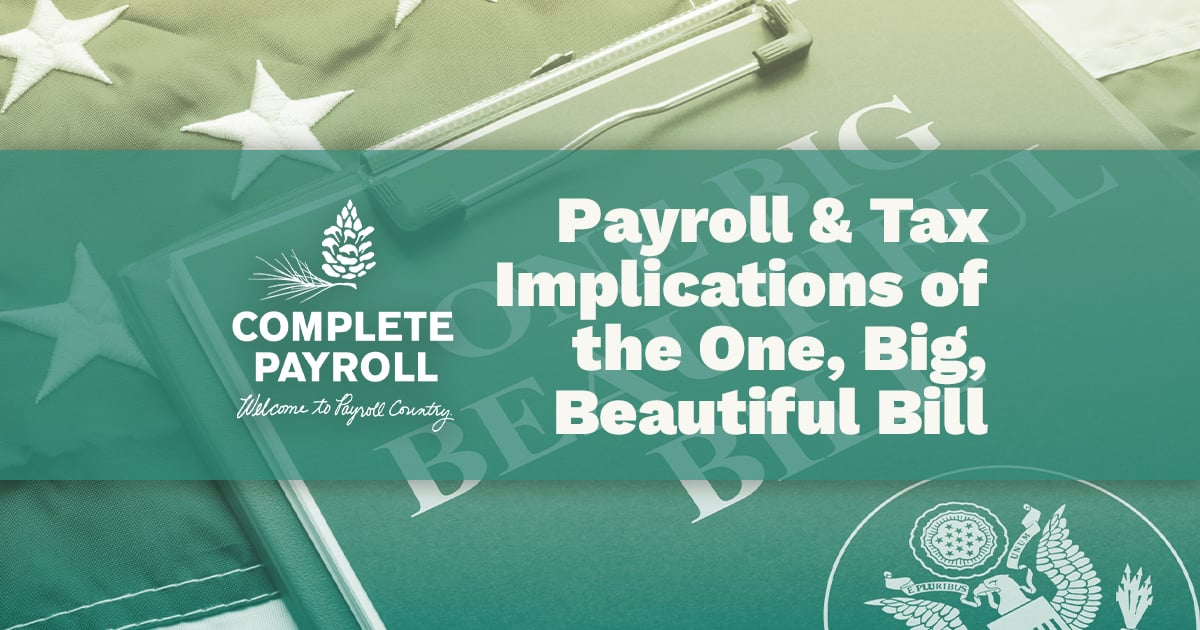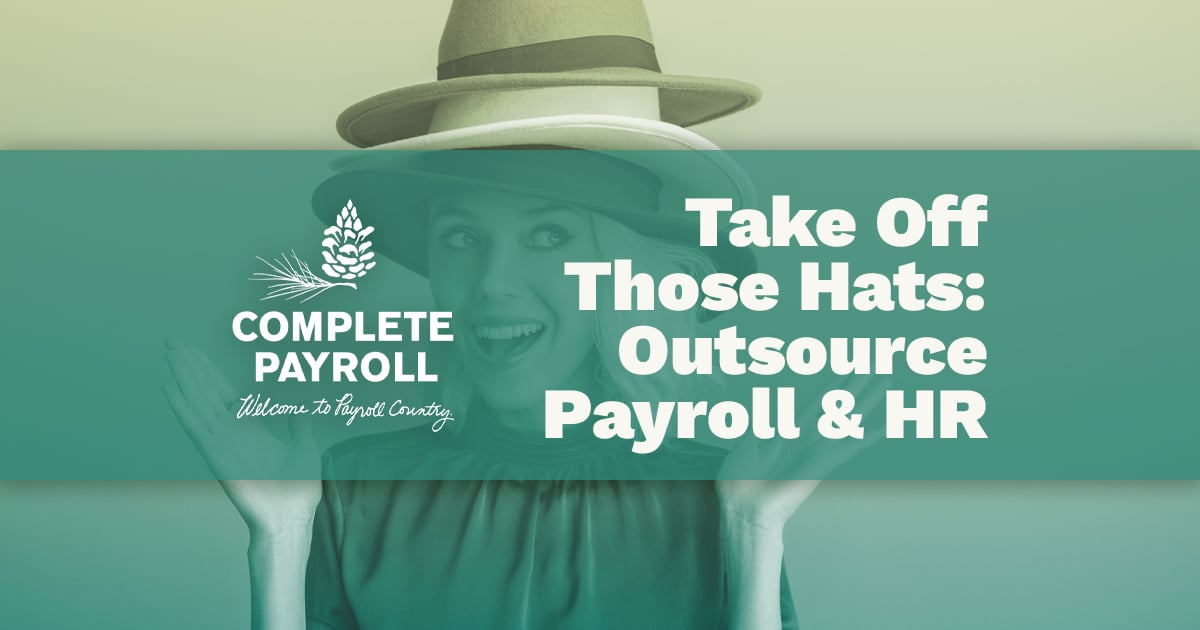You can't pay your people without first determining their pay frequency.
To be clear, what is pay frequency? Pay frequency is how often an employee receives a paycheck from you, the employer.
Are you going to pay your employees weekly? Bi-weekly? Semi-monthly? Monthly? Quarterly?
How often should you pay your people? Does pay frequency really matter?
Okay. No more questions. Let's get to some simple answers.
As an employer, you can determine your pay frequency (for the most part).
What to Consider When Determining Pay Frequency
Although there are some exceptions, how often you pay your people is up to you.
From your perspective, the more often you pay your people, the more time and money it's going to cost you. There's a pretty big difference between cutting 26 checks over the course of the year compared to cutting 52, whether you are outsourcing your payroll processing or doing it in-house.
From your employee's perspective, they're almost always going to want to get paid more frequently. It comes down to cash flow, just as you as a business owner would prefer to get paid sooner and more frequently after performing work for your clients.
Pay Frequency Types
Typically an employer has four options when it comes to pay frequency: weekly, biweekly, semi-monthly and monthly. (Tip: "bi" means two whereas "semi" means half.) Here are the pros and cons of each to help you determine the right pace for your payroll.
|
Weekly
|
Bi-weekly
|
|
Semi-monthly
|
Monthly
|
Looking at the differences between each pay frequency option should give you an idea of which frequency is right for you.
But what you really need to pay attention to is state pay day laws.
Pay Frequency Requirements by State
How often you are required to pay not just all of your employees but certain classifications of workers, such as exempt and non-exempt or salary vs. hourly employees, varies by state.
Some states have very complicated pay day laws. In Arizona, paychecks must be issued no more than 16 days apart, and employees must receive a minimum of two paychecks per month. On the other hand, Michigan's pay day laws are some of the most nonrestrictive, as pay frequency is determined by occupation.
No two states mandate pay frequency the same way, so it's up to you as the business owner to do your homework. Here's a great resource to check the basic pay day requirements for your state(s).
Frequency of Pay in New York State
Earlier this year, we featured a variety of articles about pay frequency in New York for different worker classification and pay day requirements, according to New York State Labor Law. You can learn about the laws regarding paying and classifying executive workers, manual workers, and commissioned salespeople.
Do you employ both hourly employees and salaried employees?
The preference for most business owners would be to pay hourly and salaried employees differently. Hourly employees often get paid weekly while salaried employees are more likely to be paid biweekly. Again, that's fine, as long as your pay schedule complies with your state's pay day laws.
Can you change pay frequency?
As the employer, making a change in your employees' pay frequency is completely your call. Pay frequency is a change that can be made in your payroll tool or by requesting it of your payroll service provider. Just be sure to communicate the change clearly and with enough advance for employees to plan accordingly. Also, map out each payday for the remainder of the year to be sure employees will be paid their full annual pay.
What is the Best Pay Frequency?
The best payroll schedule for your company will depend on your answers to the following questions:
- How much time and money can I afford to spend on payroll each month?
- What frequency will my employees appreciate?
- How will I calculate overtime?
- What does my state require?
If you think you can improve your current pay frequency structure - whether it's for a startup or a mature business - Complete Payroll would be happy to help. Simply fill out this form to get in touch with us and we'd be happy to lend our guidance and support.
Editor's note: This post originally published on August 9, 2016 and has since been updated to include more information for our readers.


















 Get Instant Blog Notifications
Get Instant Blog Notifications


